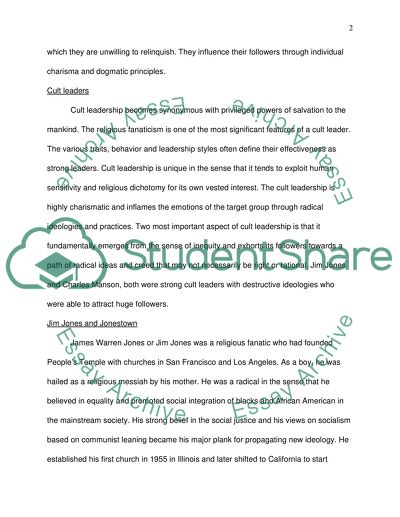Cite this document
(“Leadership Practices Term Paper Example | Topics and Well Written Essays - 1500 words”, n.d.)
Retrieved from https://studentshare.org/social-science/1411296-leadership-practices
Retrieved from https://studentshare.org/social-science/1411296-leadership-practices
(Leadership Practices Term Paper Example | Topics and Well Written Essays - 1500 Words)
https://studentshare.org/social-science/1411296-leadership-practices.
https://studentshare.org/social-science/1411296-leadership-practices.
“Leadership Practices Term Paper Example | Topics and Well Written Essays - 1500 Words”, n.d. https://studentshare.org/social-science/1411296-leadership-practices.


